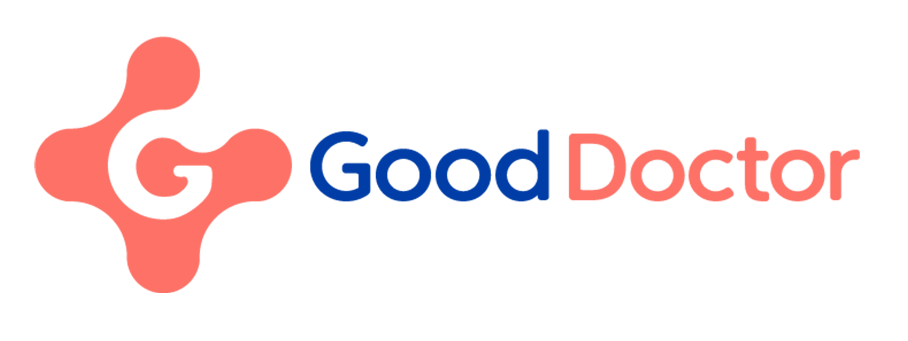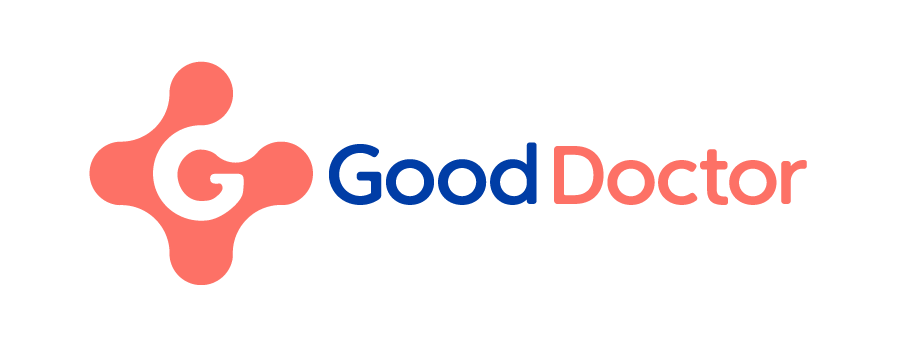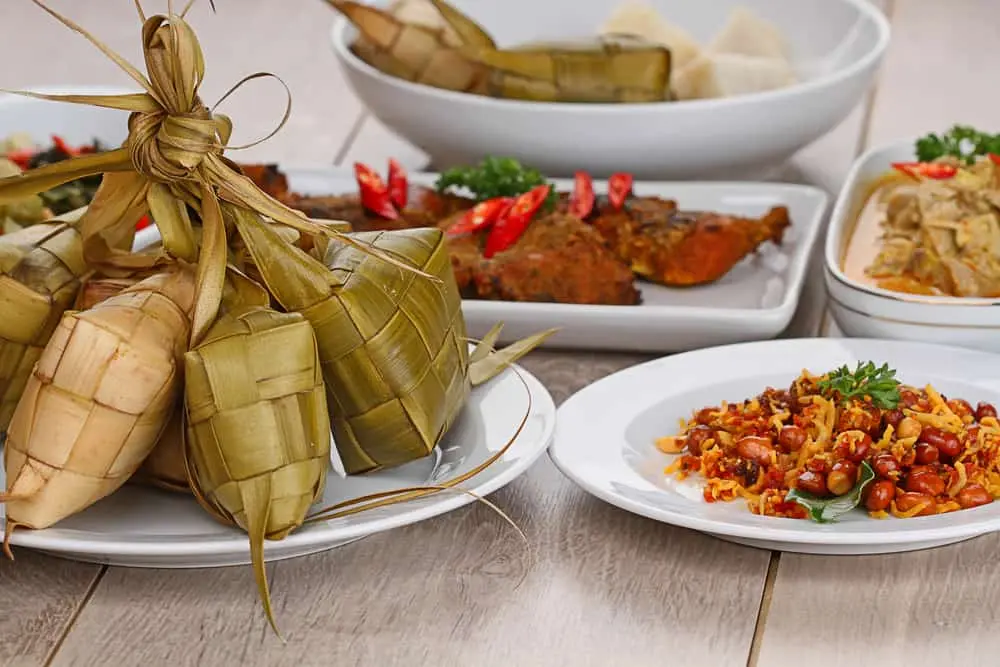Share This Article
The food menu during Eid is certainly diverse, including foods that contain high cholesterol which can trigger various diseases. Well, for that, you need to know what low-cholesterol Eid menu that does not risk your health condition.
Want to know more about low cholesterol Eid menu? Let’s take a look at the following explanation.
What is cholesterol?
According to Medlineplus.gov, the body needs cholesterol to work properly. But if you have too much of it in your blood, cholesterol can stick to the artery walls and narrow or even block them.
This puts you at risk of coronary artery disease and other heart disorders.
Cholesterol travels through the blood on proteins called lipoproteins. One type of cholesterol is called LDL, or sometimes called “bad” cholesterol. High levels of LDL lead to cholesterol buildup in the arteries.
The other type of cholesterol is HDL, which is commonly referred to as “good” cholesterol. HDL functions to carry cholesterol from other parts of the body back to the liver to be eliminated from your body.
Three low-cholesterol Eid menus
Eid food is synonymous with fatty and high-carbohydrate menus. No wonder, many people after Eid complain about rising cholesterol.
Surely you don‘t want your loved ones to experience problems due to high cholesterol? Well, here are three low-cholesterol Eid menu recipes that you should try.
1. Chicken breast satay
During Eid, the one food that is never absent on the table is meat, such as beef or chicken.
Well, if you want to serve low-fat chicken satay as an Eid dish, you should choose the chicken breast, this part has a low cholesterol of about 8.4 grams.
The following ingredients are required:
- 2 chicken breasts, cut into small sizes
- 1 bell pepper, cut into small pieces
- 1 clove garlic, minced
- ½ teaspoon cumin powder
- 1 tablespoon lemon water
- 1 teaspoon grated ginger
- ½ teaspoon chili powder
- 1 teaspoon salt
- 1 tablespoon oil
- Skewers
How to cook:
- Combine all ingredients, garlic, lemon juice, grated ginger, chili powder, salt, cumin and mix well.
- Once blended, add the chicken breast meat and bell peppers to the marinade that has been made.
- Cover with packaging and wait for a few hours.
- Next, thread the peppers and chicken onto the skewers.
- Heat a grill pan and brush with a little oil.
- Insert the skewers and cook for 5 minutes over medium heat, turning and spreading the seasoning several times.
- Wait after 5 minutes for the meat to turn brown.
2. Meat noodles with hoisin sauce and green beans
The second low-cholesterol menu that you can serve is noodles with meat, but what you need to pay attention to here is to choose low-fat beef.
You can see on the label that it says lean. According to The U .S. Department of Agriculture (USDA) lean meat if in 100 grams contains 95 milligrams of cholesterol.
Here are the ingredients you’ll need:
- 100 grams of noodles
- 100 grams of green beans
- 1 lime
- 3 tablespoons hoisin sauce
- 1 tablespoon chili sauce
- 1 tablespoon vegetable oil
- 250 grams of minced low-fat meat
- 2 garlic cloves, minced.
- 6 spring onions, sliced diagonally
How to cook:
- Boil the noodles with water, according to the instructions on the package. Then, in the last 2 minutes, add the green beans. Then drain.
- Make the marinade by mixing hoisin sauce, lime, and chili sauce.
- Next, heat the oil, then add the meat until browned. Then add the garlic and sauté for one minute.
- After that, add the seasoning and noodles. Then stir and cook until the spices, noodles and meat are fully combined.
- When cooked, serve the noodles by adding spring onions on top.
- Delicious noodle dishes for Eid are ready to be eaten while staying in touch.
3. Fish meatballs
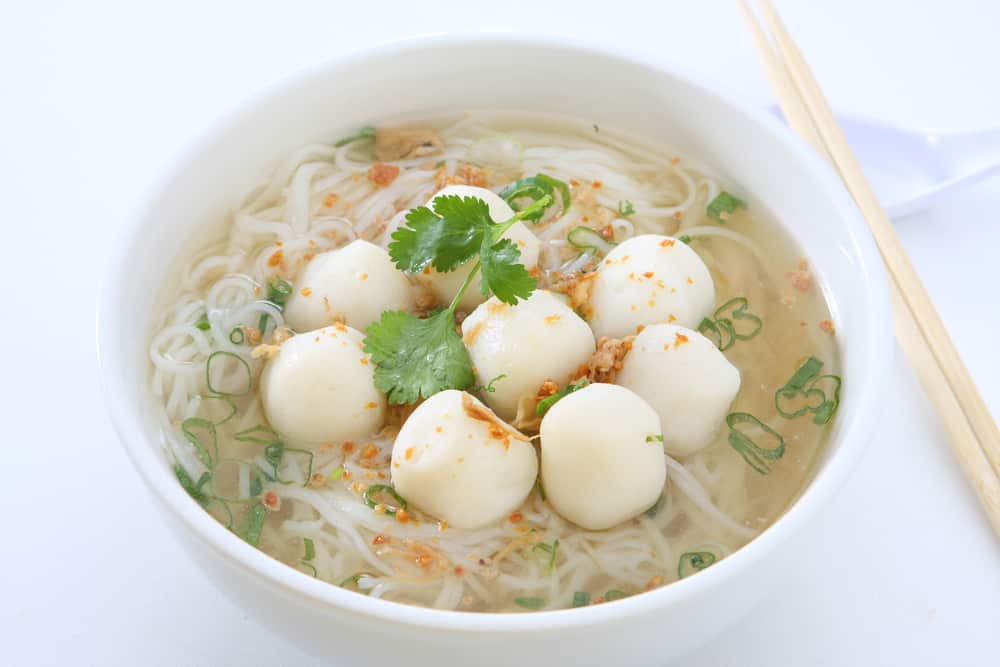
Well, the third Eid menu option is fish balls. Fish is a low-fat food.
The necessary ingredients are:
- 20 fish balls
- 700 ml water
- Vermicelli
- 3 thinly sliced Tuesday leaves
- 1/4 tsp. white peppercorns
- 1 teaspoon. sesame oil
- 1 teaspoon. soy sauce
- 1.5 tsp. salt
- 1 thumb ginger, crushed and cut into small pieces
How to cook:
- Bring water and ginger in a large pan to a boil.
- Once boiling, reduce the heat, then add the fish balls and cook for 20 minutes.
- Then turn off the heat and add white pepper, soy sauce, salt, and sesame oil.
- Next, add vermicelli in the serving to make it even more delicious.
If you already eat high-cholesterol foods during Lebaran
The moment of Eid should be celebrated with great joy. If you have already consumed various foods that are high in cholesterol at this moment, don’t worry.
Here are some foods that you can consume to help reduce excessive cholesterol levels after Eid.
1. Avocado
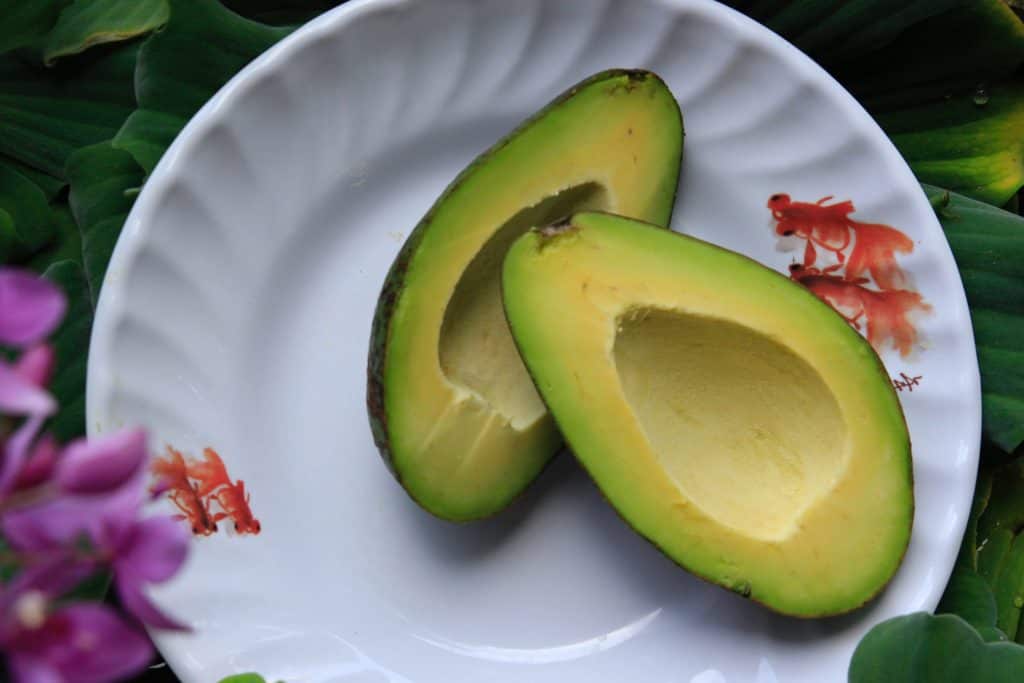
Avocados are a very nutrient-dense fruit. According to Healthline, this fruit is rich in monounsaturated fats and fiber that can help lower LDL and increase HDL cholesterol. Clinical studies also support the cholesterol-lowering effects of avocados.
2. Nuts, especially almonds and walnuts
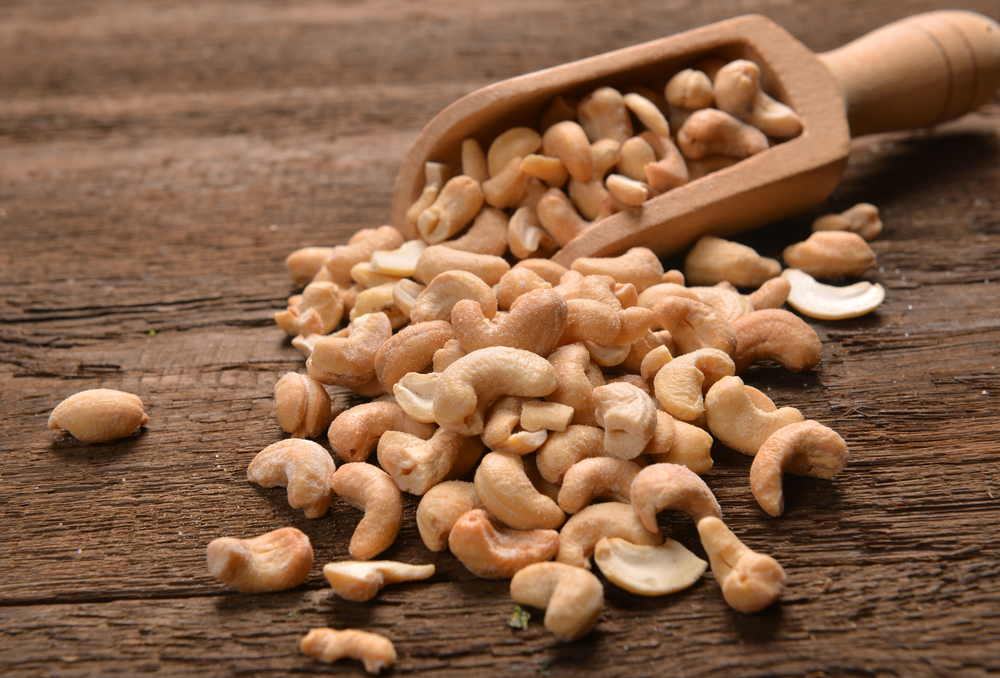
Beans are another nutrient-dense food that can be consumed to lower cholesterol. It is also very high in monounsaturated fats and rich in omega-3 fatty acids that are good for heart health.
Almonds and other nuts also contain a lot of L-arginine, an amino acid that helps the body make nitric oxide. This in turn can help regulate blood pressure.
What’s more, nuts provide phytosterols that can help lower cholesterol by blocking its absorption in the gut. Calcium, magnesium, and potassium, also found in nuts, can lower blood pressure and lower the risk of heart disease.
3. Dark chocolate

Cocoa is the main ingredient of dark chocolate. It may seem too good to be true, but research verifies the claim that dark chocolate and cocoa can lower “bad” LDL cholesterol.
In one study, healthy adults drinking a cocoa drink twice a day for a month experienced a decrease in “bad” LDL cholesterol by 0.17 mmol/l (6.5 mg/dl). Their blood pressure also decreased and their “good” HDL cholesterol increased.
Cocoa and dark chocolate also seem to protect the “bad” LDL cholesterol in the blood from oxidation, which is a major cause of heart disease.
However, chocolate is often high in added sugar. Therefore, you should use pure dark chocolate or choose dark chocolate with a cocoa content of 75-85 percent.
Maintaining a low cholesterol diet after Lebaran
Heart-healthy lifestyle changes include a diet to lower cholesterol. If you’ve been fasting and cutting down on foods that are high in cholesterol during Ramadan, then this diet should be continued after Ramadan is over, including during Eid.
Some tips for maintaining a low cholesterol diet include the following:
1. Choose healthier fats
You should limit total fat and saturated fat in every meal you eat. Try to get your daily calories from dietary fat at a maximum of 25 to 35 percent only.
You are also advised to limit calories from saturated fat to a maximum of 7 percent. Why is that? As this can increase the LDL levels in the body.
In addition, you should also be aware of trans fats, which can both increase LDL and reduce HDL levels in the blood. It is mostly present in foods made with hydrogenated oils and fats, such as stick margarine, crackers, and French fries.
Instead of these bad fats, try healthier fats, such as lean meats, nuts, and unsaturated oils like canola and olive oil.
2. Limit foods that contain cholesterol
If you want to maintain a low cholesterol diet after Eid, then you should consume less than 200 mg of cholesterol a day.
Cholesterol is present in animal foods, such as liver and other offal, egg yolks, shrimp, and whole milk products.
3. Eat plenty of soluble fiber
Foods high in soluble fiber help prevent the digestive tract from absorbing cholesterol. These foods include whole grain cereals such as oatmeal, and legumes such as kidney beans, lentils, peas, and black-eyed peas.
4. Eat plenty of fruits and vegetables
A diet rich in fruits and vegetables can increase important cholesterol-lowering compounds in your diet. These compounds, called plant stanols or sterols, work like soluble fiber.
5. Eat fish that is high in omega-3 fatty acids
This fatty acid will not lower the level of LDL in the blood, but can help increase the level of HDL. It can also protect the heart from blood clots and swelling and reduce the risk of heart attack.
Fish that are good sources of omega-3 fatty acids include salmon, tuna (canned or fresh), and mackerel. Try to eat these fish twice a week.
6. Limit salt
You should try to limit the amount of sodium (salt) to no more than 2,300 milligrams (about 1 teaspoon of salt) a day. That includes all the sodium you eat, whether it’s added in cooking or already present in food products.
Limiting salt won’t lower cholesterol, but it can lower the risk of heart disease by helping to lower blood pressure. You can also reduce sodium by choosing low-salt foods and seasonings when cooking.
7. Stop drinking alcoholic beverages
Alcohol adds extra calories, which can lead to weight gain. Being overweight can increase LDL levels and decrease HDL levels.
Too much alcohol can also increase the risk of heart disease as it can raise blood pressure and triglycerides.
These are the three low cholesterol food recipes above that you can try as dishes to celebrate Eid with your family. Happy Eid!
Consult your and your family’s health problems through Good Doctor in 24/7 service. Our physician partners are ready to provide solutions. Download the Good Doctor app here!
